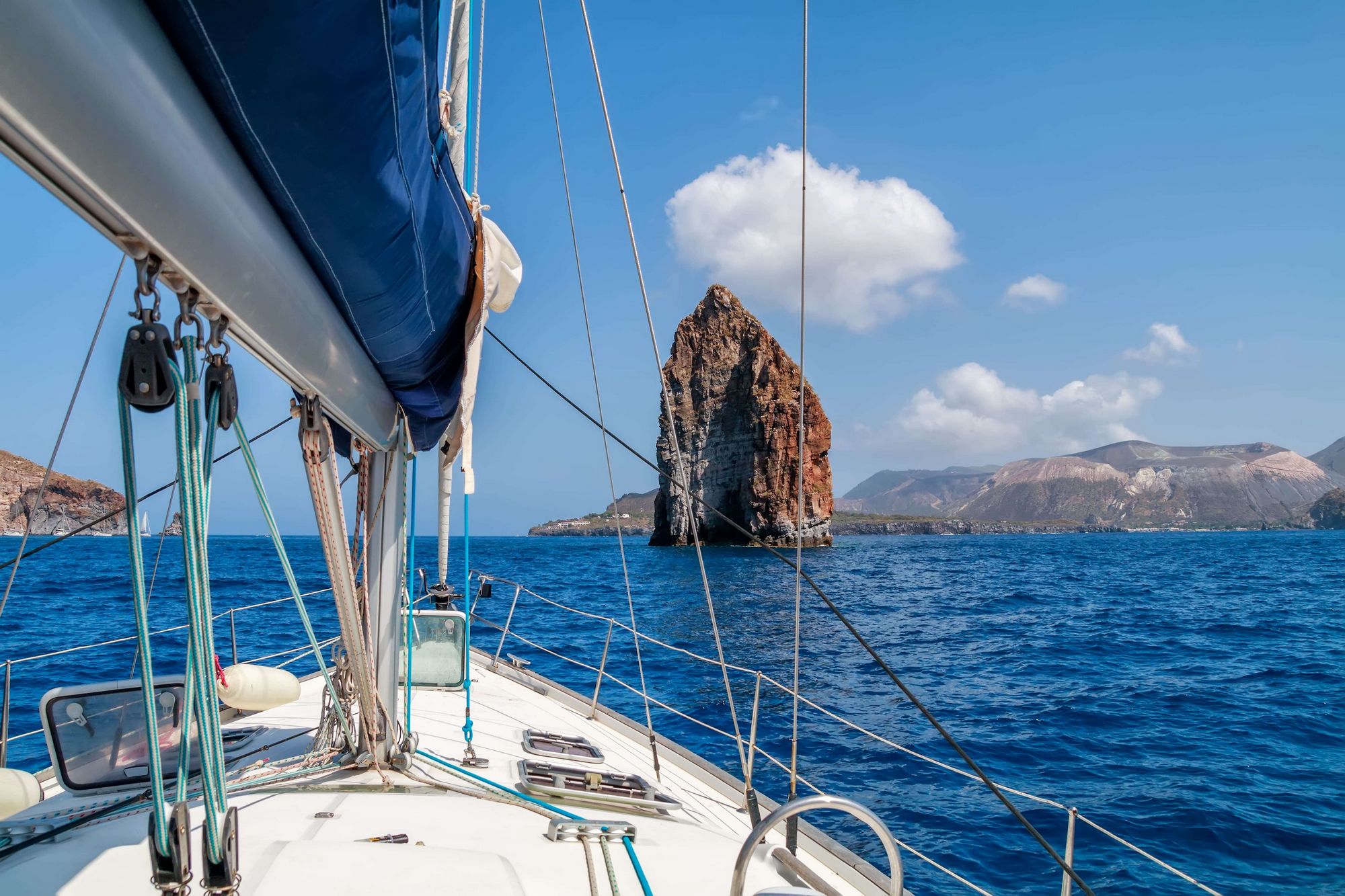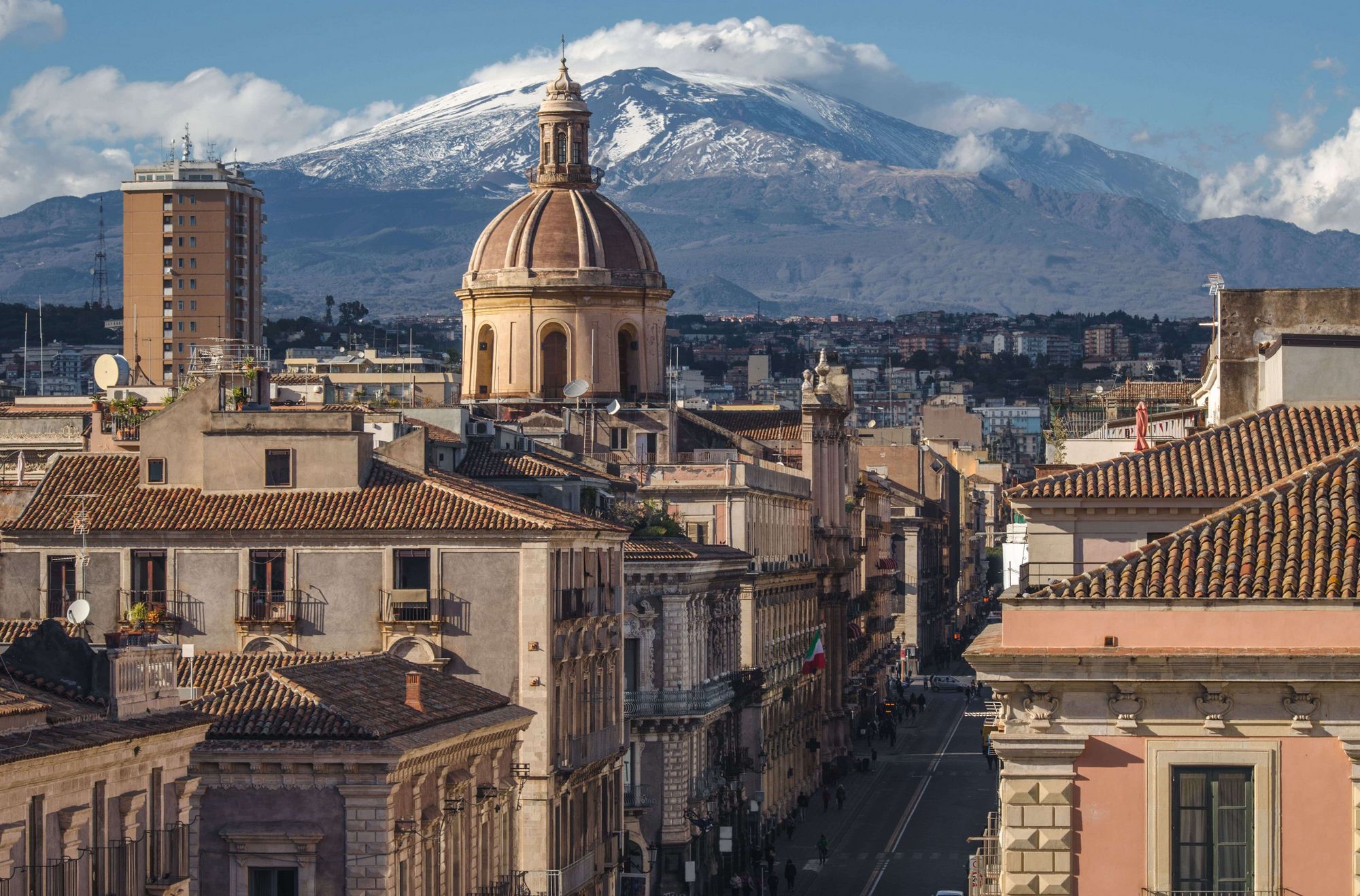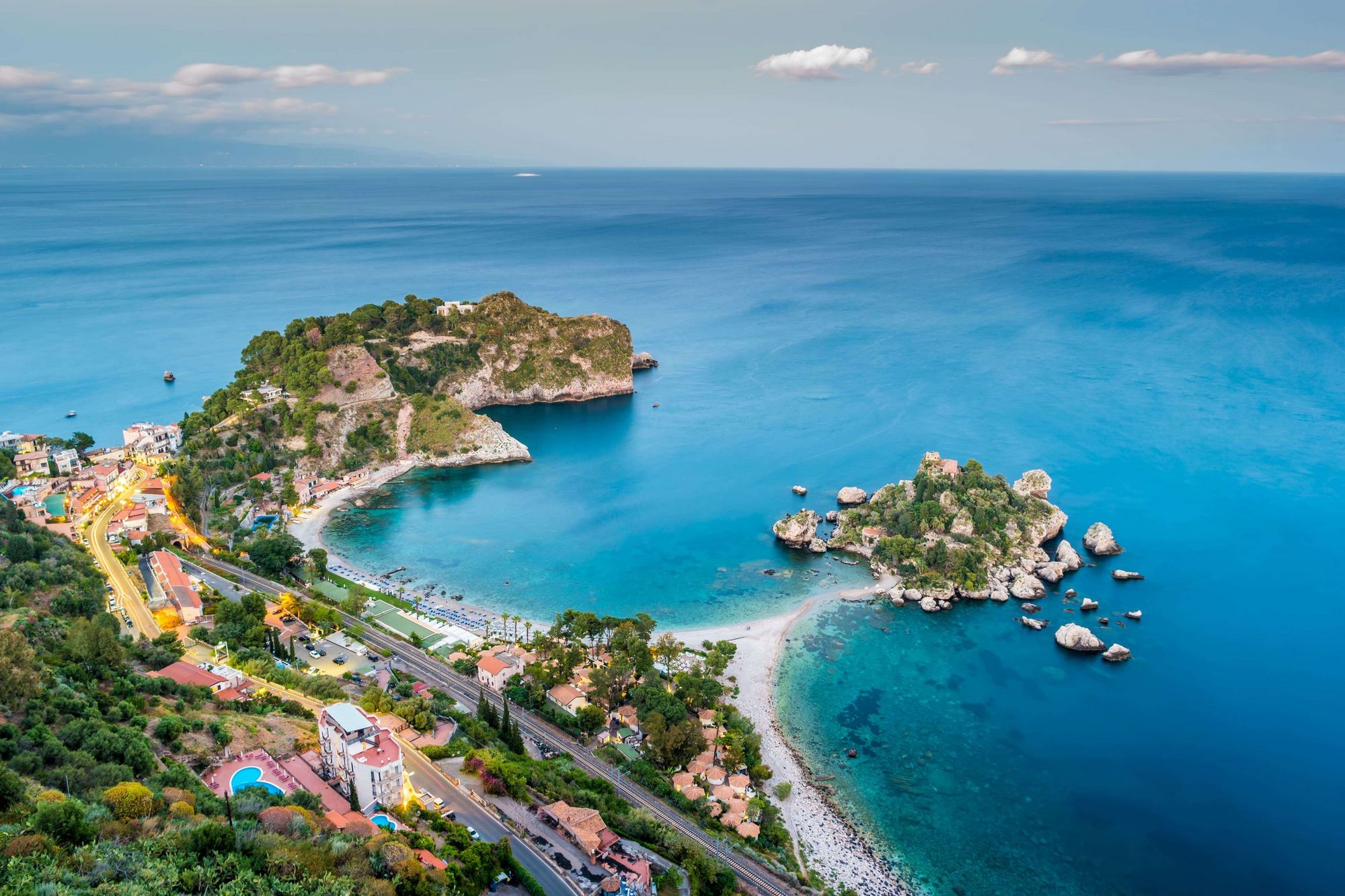Visit Aeolian Islands - Lipari
Visit Lipari, the largest and most populous of the Aeolian Islands. Just disembarked by hydrofoils, along the main road you are in front of a customary tourist resort, well-kept and alive. The most fascinating part is the old Lipari. You should definitely visit the Norman cloister, simple and wonderful. The Archaeological Museum divided into different sections is studied in detail, a real gem. Wander through the ancient ruins and look around you will find fruit trees and numerous cats that rest among the finds.Visit Aeolian Islands - Lipari
From the archaic age to the beginning of the Middle Ages
The first settlement, dating back to the V millennium BC, chose on the island its own site, in the Quattropani plateau. From the next millennium was heading a settlement process on the opposite side, on the plateau of the future walled city. Overlooking the sea, the air was a natural fortress guarding the south and north harbors.
Between the IV and III millennium BC the village moved to the west of that plateau, in the district of Diana. In the XVII-XV century a.C. belong the oldest building documents of the island. It was a Tholos of Mycenaean civilization in the locality of San Calogero. This would trace the use of thermaes back for 3500 years, and then taken back to the Hellenistic and Roman age. Traces of the first huts, built with stones and lime, covering straw roofs, meet instead in the air of the Acropolis. To these overlap other buildings hut up to the ninth century BC, when the entire town suffered a violent destruction.
The Greek age reiterated the settlement on the plateau looming over the sea. The population grew and the town therefore expanded also on the internal slopes of the rock towards the plain below. Around 500 a.C. there was a first fortification of the city with a wall that joined the Acropolis. A second urban expansion matured in the following century, determining the construction of a new walled city. Further excavations have highlighted the remains of a third expansion at noon towards La Maddalena.
During the First Punic War, Lipari was destroyed by the Romans. A period of obscurity began which, however, resolved during the civil war between Octavian and Pompey. When, due to the military importance attributed to it, the city returned to flourish again. But with the imperial crisis it was again decadence, and above all demographic reduction.
From the Normans to the destruction of 1544
A Benedictine monastery consecrated to San Bartolomeo was installed on the acropolis by King Ruggero. The Benedictines developed agriculture on the island, starting with the construction of reservoirs for the water reserve and exploiting the multiple mineral resources. This attracted so many people that in 1131 the second Benedictine abbot was elected as the first bishop of the island. This made the village widen, occupying the entire Acropolis and widening in a south-west direction.
Walls of Acropolis fence were built under the Normans. Then the episcopal administration was forced to live between the hostility of the two powers Angevin and Aragonese, competitors in the lower Tyrrhenian supremacy. The Liparese showed a greater bond of loyalty to the Anjou of Naples, gaining a benevolent recognition in their favor. Privileges and exemptions from the rulers of the continent were assigned.
To confirm the good economy and demographic increase, in 1492 the Liparese made a request in Naples. It concerned the settlement of the hill of the Civita and the construction of a port. The answer is not known, but in 1503 Ferdinand the Catholic allocated a certain sum to the bishop to decorate the cathedral.
Meanwhile, on the slight hill of the Magdalene, around 1465, the convent of the observant friars had already been built. The same convent, isolated to the south, has slowly widened with a few small houses along the coast of Marina Corta. But in 1544, during the disputes between Charles V and Francis II, the pirate Ariadeno Barbarossa burned and destroyed the entire city.
From the reconstruction of the twentieth century
Immediately, a group of Spaniards was sent by the Viceroy Pietro di Toledo under the guidance of Captain Gonzalo de Armella. Armella was in charge of the reconstruction of the city walls struck by the Barbarossa artillery. On the project of the military engineer Pietro di Trevigno, the south-west curtain was rebuilt. A well equipped bastion for ballistic control at the port of Marina Corta, on the western village and on the north side of the Civita area.
The same viceroy confirmed in 1546 all privileges granted at the time of the Normans onwards to the inhabitants of Lipari. They obtained soon after the desired goal of numerous immigrations from Policastro, Amalfi, from Salerno. The bishops, at the same time, took care of the rebuilding of religious structures and the new construction of churches in areas outside the walled city. In addition, they granted land in the village of their property to usufruct for the purpose of producing crops.
When Francesco Negro took over the Piazzaforte di Lipari in 1639, the urban layout was very distinct in its morphology in its vocations. The village, already richer in housing in the same but less dense city distributed in two clusters of settlements connected by a continuous cue of buildings. Finally two episodes, isolated, in the convent on the Civita and the bishop's palace in the Diana district.
This settlement dilution policy was reiterated by the Capuchins who, in 1646, went to occupy an abandoned area of the Diana district to build a second convent. The same dilution of settlement extended, beyond the city, to the small coastal villages of Canneto and Acquacalda, and to the others of Quattropani and Pianoconte. In the eighteenth century began a gradual development of the city passes. At the end of the same century began the process of depopulation of the walled city, determined by the demolition of the earthquake of 1783. The nineteenth-century urban expansion along the Via Santo Petro is the most eloquent.
The funnel shape of the road transcribes the following phases of the late nineteenth century design. From the southern congestion of the Borgo to the northern expansion towards Long Marina. To give independent access to the surviving religious buildings of the walled city, the rocks were cut to the west to create staircase by the 1930. The residential abandonment of the walled city has given rise to a new interest in the protection of archaeological heritage. This was the fruit of a successful excavation campaigns in the Acropolis area just after the Second World War.


